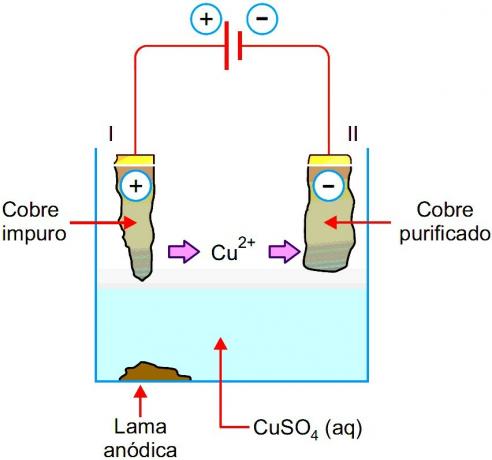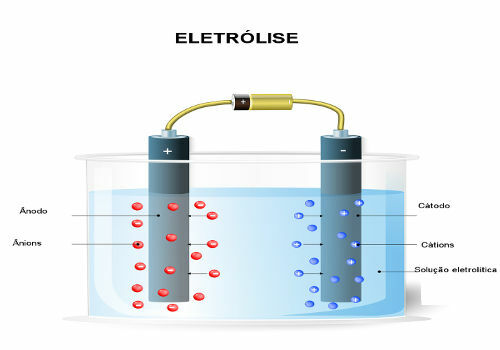The first diesel engine was developed in 1895 by German engineer Rudolf Diesel. The fuel used was entirely of vegetable origin: peanut oil. Therefore, biodiesel is a substance used since the 19th century, but, over time, it was gradually replaced by petroleum diesel, which has greater efficiency.
However, research for the production of biodiesel is increasingly advanced, as this fuel is a alternative to reduce the use of oil, which has high values, is not a renewable source, in addition to being very pollutant. In this sense, renewable sources appear as good options for consumers and for the preservation of the environment.
Biodiesel is a renewable and biodegradable fuel that can be obtained through cracking, esterification or transesterification. The main raw materials are sunflower, babassu, peanuts, soy, castor beans, palm oil, in addition to animal fat. Widely used in the biodiesel manufacturing process, transesterification consists of a chemical reaction of the raw material with ethanol or methanol, which is stimulated by a catalyst.
After obtaining the oil (biodiesel), it can be used pure or mixed with petroleum diesel, varying its proportions. Fuel with 10% biodiesel, for example, is called B10 and so on, until pure biodiesel, B100. Higher percentages of biodiesel in fuels emit less greenhouse gases during combustion. However, there must be an adaptation of the car's engine to receive the substance with more than 20% biodiesel.
Do not stop now... There's more after the advertising ;)
In addition to its environmental advantages, biodiesel contributes to increasing employment on rural properties, reducing rural-urban migration flows (rural exodus); it is a renewable source and can be obtained from a number of oil plants; reduces dependence on fossil energy sources; and is an excellent lubricant.
However, there are opponents to the use of biodiesel. Specialists argue that areas destined for the cultivation of raw materials should be replaced by plantations of foodstuffs for the population. They also affirm that the intensification of the use of this fuel could cause several environmental damages: soil depletion, erosion, deforestation, etc. Another serious problem raised by opponents is related to the destination and treatment of waste generated during the production of biodiesel.
By Wagner de Cerqueira and Francisco
Graduated in Geography
Would you like to reference this text in a school or academic work? Look:
FRANCISCO, Wagner de Cerqueira e. "Biodiesel"; Brazil School. Available in: https://brasilescola.uol.com.br/geografia/biodiesel.htm. Accessed on July 27, 2021.
Chemistry

Discover some clean energy sources, such as: wind, solar, tidal, geothermal, hydraulic, nuclear and biofuels.



